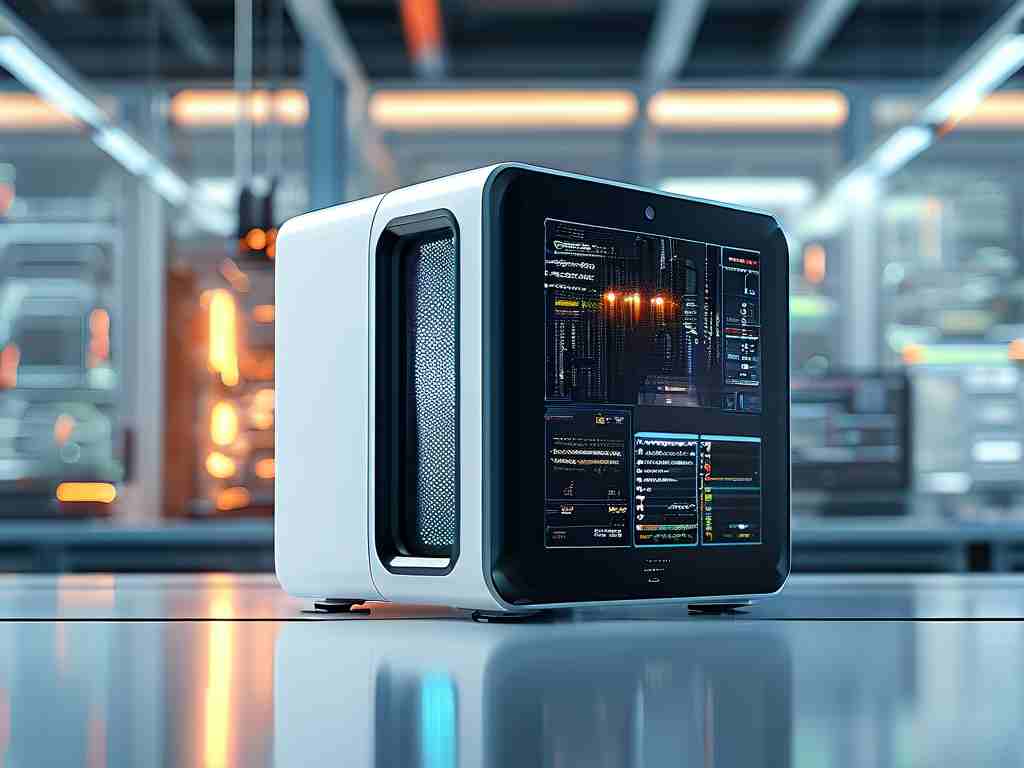The fusion of embedded systems and musical instrument design has opened new possibilities for electronics enthusiasts. This article explores how to build a programmable electronic keyboard using embedded development techniques, combining hardware design, firmware programming, and acoustic engineering principles.

Hardware Architecture
At the core of the project lies an ARM Cortex-M4 microcontroller, chosen for its balance of processing power and low-latency interrupt handling. The keyboard matrix employs a 4x8 grid of tactile switches, wired to GPIO pins through multiplexers to minimize pin usage. For audio generation, a dedicated DAC (Digital-to-Analog Converter) module converts PWM signals from the microcontroller into analog waveforms, while a class-D amplifier drives a 4Ω speaker.
A unique feature of this design is the inclusion of capacitive touch sliders for real-time pitch modulation. These components interface with the MCU via I²C, providing additional expressive control. Power management is handled by a dual-stage voltage regulator, ensuring stable 3.3V logic levels and 5V for analog components.
Firmware Development
The firmware utilizes FreeRTOS to manage concurrent tasks:
void audioTask(void *pvParameters) {
while(1) {
generate_waveform();
vTaskDelay(1 / SAMPLE_RATE);
}
}
void keyScanTask(void *params) {
while(1) {
detect_keypress();
update_midi_output();
vTaskDelay(10 / portTICK_PERIOD_MS);
}
}
This real-time architecture ensures responsive key detection while maintaining smooth audio output. The sound engine implements wavetable synthesis with 12-bit resolution, storing precomputed waveforms for piano, organ, and synth tones in flash memory.
Signal Processing Techniques
To achieve authentic sound reproduction, the design incorporates multiple DSP filters:
- A resonant low-pass filter for emulating analog warmth
- Digital reverb using comb filter algorithms
- ADSR envelope shaping for dynamic articulation
The pitch-bend functionality leverages the microcontroller's FPU for real-time frequency modulation:
float calculate_frequency(uint8_t note, float bend) {
return 440.0 * pow(2, (note - 69 + bend)/12.0);
}
This implementation allows microtonal adjustments with 0.25Hz resolution across a 7-octave range.
Prototyping Challenges
Early iterations faced issues with key ghosting in the switch matrix, resolved by implementing diode isolation and Schmitt trigger debouncing circuits. Audio latency was reduced from 15ms to 2.8ms through DMA-driven buffer management and interrupt prioritization.
Power consumption optimization became critical during battery-powered testing. By implementing dynamic clock scaling and peripheral sleep modes, standby current draw was reduced to 8μA while maintaining instant wake-on-touch responsiveness.
Advanced Features
The final prototype includes several professional-grade features:
- USB-MIDI class compliance for computer integration
- Polyphonic aftertouch using pressure-sensitive keys
- MicroSD slot for firmware updates and soundbank storage
- OLED display with custom UI for preset selection
A unique arpeggiator mode demonstrates the system's computational capabilities:
void arpeggiate(uint8_t *notes, uint8_t count) {
static uint8_t index = 0;
trigger_note(notes[index]);
index = (index + 1) % count;
set_timer(TEMPO_BPM);
}
This function creates complex rhythmic patterns while maintaining precise timing through hardware timers.
Future Enhancements
While the current implementation focuses on basic synthesis, future versions could incorporate machine learning models for adaptive sound shaping. Adding Bluetooth Low Energy connectivity would enable wireless MIDI control, and implementing FPGA-based parallel processing could support physical modeling synthesis.
For hobbyists, this project demonstrates practical applications of embedded concepts like interrupt handling, peripheral interfacing, and real-time systems. Commercial adaptations might include educational kits with simplified schematics and preloaded lesson plans.
The complete Bill of Materials and PCB design files are available on GitHub, encouraging community collaboration. By combining electrical engineering with musical creativity, this project exemplifies how embedded systems continue to revolutionize traditional instrument design.









